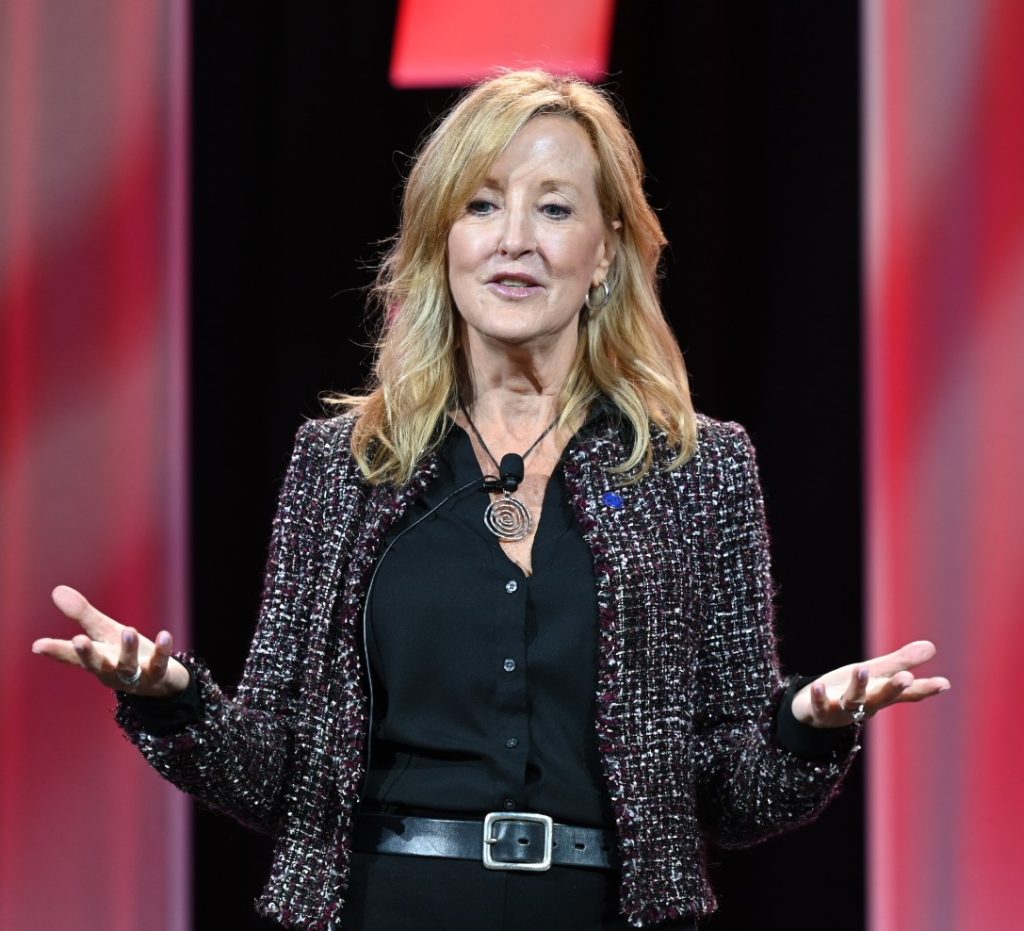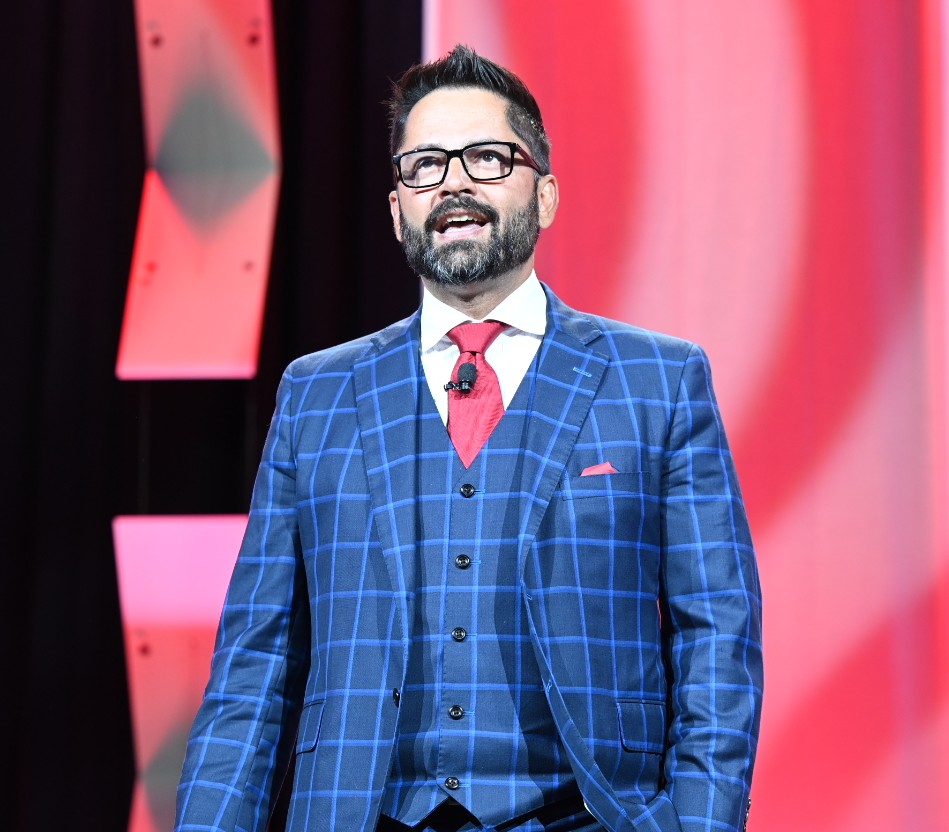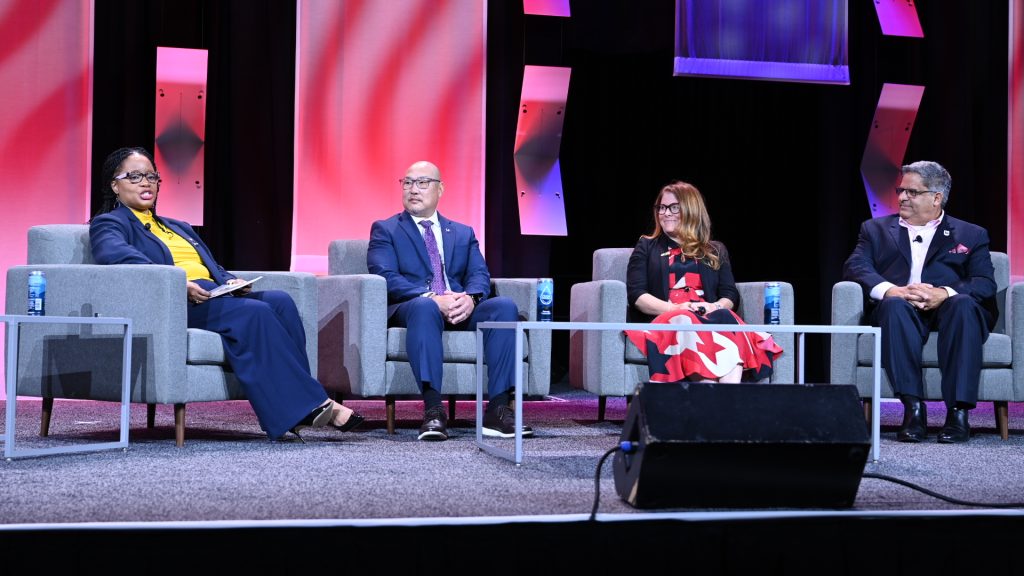‘All Hands-on-Deck’ Strategy, Rail Backbone Are Foundation for 2028 Olympics
7/17/2025

When the 2028 Summer Olympic Games come to Los Angeles, both the city’s population and transit ridership will roughly double, by host committee LA 2028 estimates. The scale of the event leaves no room for doubt about LA delivering another great games experience.
“So, when the world is watching, our ability to seamlessly move people will be a very powerful statement,” said MJ Maynard-Carey, APTA chair and CEO, Regional Transportation Commission of Southern Nevada.
Maynard-Carey introduced the panel discussion “Gold Rush: America’s 2028 Games and LA’s Rail Revolution” at APTA’s Rail Conference, and guest speaker Tariq Bokhari, FTA Acting Administrator, who made opening remarks on the history and future of U.S. rail.
“The first rails weren’t laid to fulfill a dream,” said Bokhari. “They were laid to meet a need. And that’s our charge today.” He detailed FTA’s prioritization of safe and reliable infrastructure, through streamlining processes, technology, and a focus on state of good repair funding. “FTA’s mission is six words, folks. Improve America’s communities through public transportation.”

Following Bokhari’s remarks, Stephanie Wiggins, CEO, Los Angeles County Metropolitan Transportation Authority (LA Metro), discussed her city’s “rail revolution” of the last 40 years: “building 119 miles of heavy and light rail, above grade, underground, at grade,” she said, plus 500 miles of commuter rail, upcoming subway and light rail expansions, and the new LAX Metro Transit Station.
“All of it, urban rail, regional rail, intercity rail, all of it is needed to help move the millions that we expect in 2028,” Wiggins added.
All modes of transportation will be needed, too, said Bill Panos, LA 2028 Senior VP of Transportation, including buses. The transportation strategy for the estimated 15 million people expected at the games includes a closed system for Olympics staff and competitors, a Games-Enhanced Transit System (GETS) for spectators, take-overs of highway lanes and surface streets, and recruitment of some 10,000 employees and 100,000 volunteers.
“The numbers are significant, and the planning is complex, but it’s an honor to host the games,” Panos said. “We can’t do this alone. This is not just about Los Angeles and the LA Basin, this is America’s games. This is about all of your transit agencies working together to help Metro and help us get this done in 2028.”

LA Metro Chief Operating Officer Conan Cheung, and Chief of Innovation & Games Mobility Planning Seleta Reynolds also joined the panel to discuss system and community preparations for both the Olympics and Paralympic Games.
Cheun noted that the rail system, with 30,000 boardings per hour, will be the “backbone” of the strategy, “So we’re really going to lean into predictive maintenance, not just on our rail cars, but also on our wayside systems.” Cybersecurity and coordination with local jurisdictions will also be emphasized.
Reynolds described legacy, and providing riders such a “transformative and wonderful” experience they’ll be open to using transit in the future. Her strategy for this included improving physical and digital infrastructure and “figuring out how we can make streets places of celebration.”
Access additional sessions here.
View more images from the Rail Conference here.